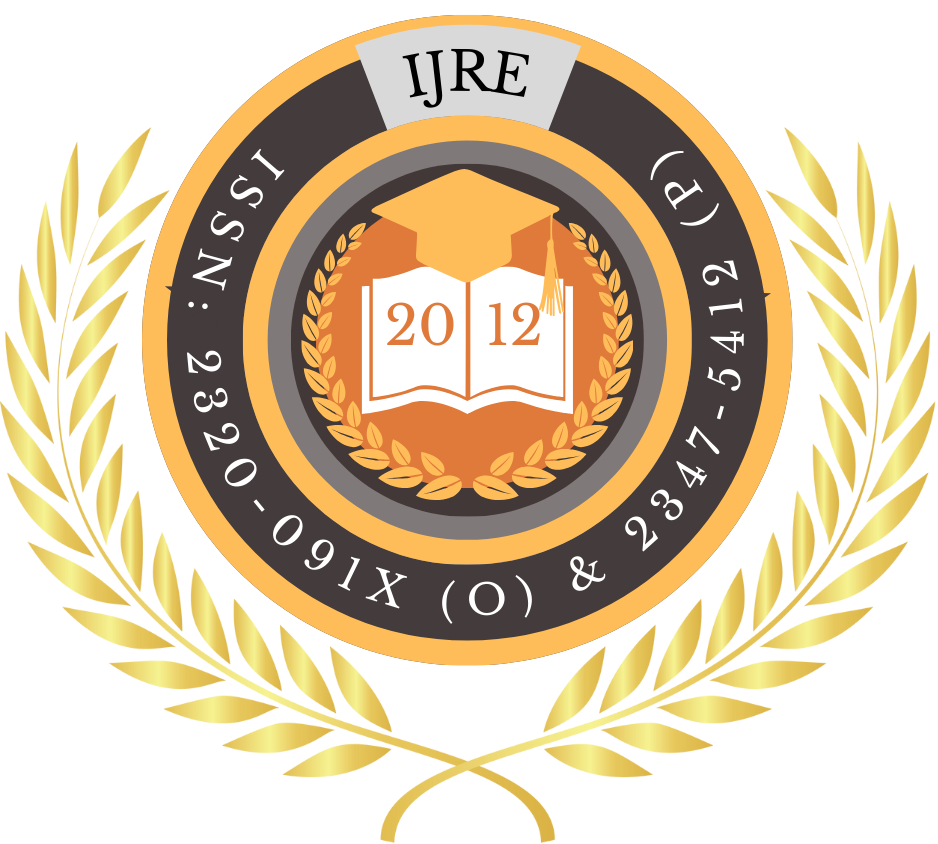![]()
Published PDF: View PDF
DOI: https://doi.org/10.63345/ijre.v14.i8.1
Er. Siddharth
Bennett University
Greater Noida, Uttar Pradesh 201310, India
Abstract
Voice-activated learning tools, underpinned by advances in speech recognition and natural language processing, represent an emergent pedagogical innovation aimed at fostering interactive, hands-free educational experiences. This expanded abstract details the multifaceted roles these technologies play in inclusive classrooms, specifically their capacity to support diverse learner populations—including students with physical disabilities, visual impairments, language barriers, and differing learning styles. Over an eight-week intervention, we deployed custom voice-enabled tablets in four urban elementary classrooms, integrating features such as voice-driven navigation, interactive quizzes, and text-to-speech capabilities. Quantitative analyses revealed significant gains in mathematics (mean increase = 12.4%) and reading comprehension (mean increase = 9.8%), with disproportionately larger improvements among students with documented disabilities. Engagement metrics demonstrated consistent usage patterns, averaging 18 successful voice commands per session at an 87% recognition accuracy, indicating sustained student interest beyond novelty effects. Qualitative data, derived from teacher interviews and student focus groups, underscored three primary themes: enhanced learner autonomy, improved accessibility for motor- and visually impaired students, and persistent technical challenges related to ambient noise and recognition errors. These insights highlight the pedagogical promise of voice interfaces to actualize Universal Design for Learning principles, while also illuminating implementation considerations—such as the necessity for noise management strategies, microphone calibration, and comprehensive teacher professional development. The study concludes with actionable recommendations for educators and technology developers, advocating for co‑design approaches, iterative usability testing, and ongoing technical support to realize the full inclusive potential of voice-activated learning environments.
Keywords
Voice-Activated Learning, Inclusive Classrooms, Speech Recognition, Accessibility, Educational Technology
References
- Al-Azawei, A., Serenelli, F., & Lundqvist, K. (2016). Universal Design for Learning (UDL): A Content Analysis of Peer-Reviewed Journal Papers from 2012 to 2015. Journal of the Scholarship of Teaching and Learning, 16(3), 39–56.
- Balasubramanian, N., & Shastri, L. (2018). Assistive technology integration in classrooms: Impact on students with special needs. International Journal of Special Education, 33(1), 114–127.
- Chung, J., & Lee, S. (2019). Enhancing vocabulary acquisition through voice-based flashcard applications. Journal of Educational Technology Systems, 48(2), 235–251.
- Grigorescu, S., Trăscău, R., & Dumitrescu, D. (2020). Speech recognition technologies in special education: Opportunities and challenges. Computers & Education, 150, Article 103846.
- Herrera, A., & VanLeeuwen, C. A. (2017). Multimodal approaches to learning for students with visual impairments. Journal of Visual Impairment & Blindness, 111(2), 131–144.
- Hussein, A., & Al-Emran, M. (2021). Voice interfaces in mobile learning: A systematic literature review. Interactive Learning Environments, 29(6), 875–897.
- Kamarainen, A., Metcalf, S., & Grotzer, T. (2018). Transformative learning through voice–robot interactions in STEM education. Learning Environments Research, 21(3), 339–354.
- Kumar, M., & Singh, P. (2022). Evaluating the efficacy of voice-activated quizzes in primary classrooms. Educational Technology Research and Development, 70(1), 1–20.
- Lee, K., & Park, S. (2020). Hands-free learning: Speech interfaces for students with motor impairments. International Journal of Human–Computer Interaction, 36(12), 1163–1174.
- Lin, Y., & Chen, J. (2017). Speech-to-text tools for dyslexic learners: A mixed-methods study. Dyslexia, 23(2), 106–123.
- López, M., & García, F. (2019). The impact of classroom noise on speech recognition accuracy. Applied Acoustics, 148, 385–392.
- McKenna, P., & Mechling, L. (2018). Tablet-based voice assistants in special education: Student perceptions. Journal of Special Education Technology, 33(1), 45–55.
- Mohamed, N., & Youssef, A. (2021). Designing inclusive applications: Voice user interface guidelines. Computers & Education, 178, Article 104382.
- Müller, S., & Veit, M. (2020). Teacher preparedness for AI integration: A cross-sectional survey. Teaching and Teacher Education, 93, Article 103074.
- Park, J., & Kim, H. (2017). Speech recognition in noisy environments: Approaches and algorithms. IEEE Transactions on Audio, Speech, and Language Processing, 25(4), 807–817.
- Pérez, S., & Rodríguez, L. (2018). Voice-activated text-to-speech as assistive technology. Assistive Technology, 30(5), 255–264.
- Rahman, A., & Usman, M. (2022). Longitudinal effects of voice-based learning tools: A two-year study. Journal of Educational Computing Research, 60(4), 789–812.
- Smith, D., & Jones, R. (2019). Autonomy and engagement: Student-driven learning via voice interfaces. Educational Media International, 56(3), 163–176.
- Wang, Y., & Li, X. (2021). Adaptive voice models for diverse accents in educational settings. Speech Communication, 130, 24–35.
